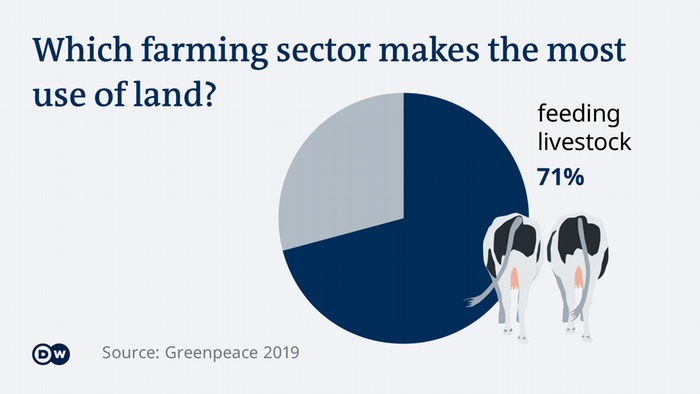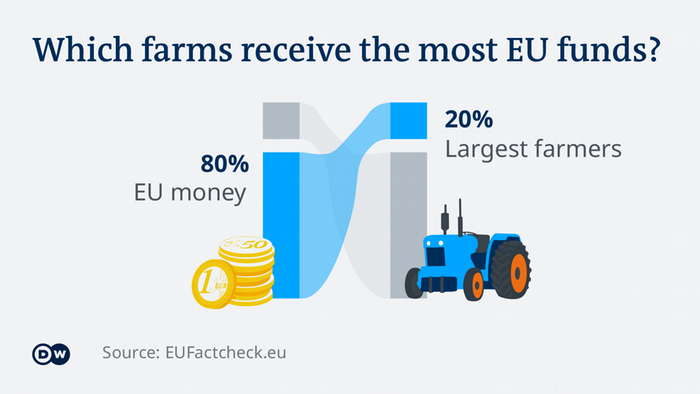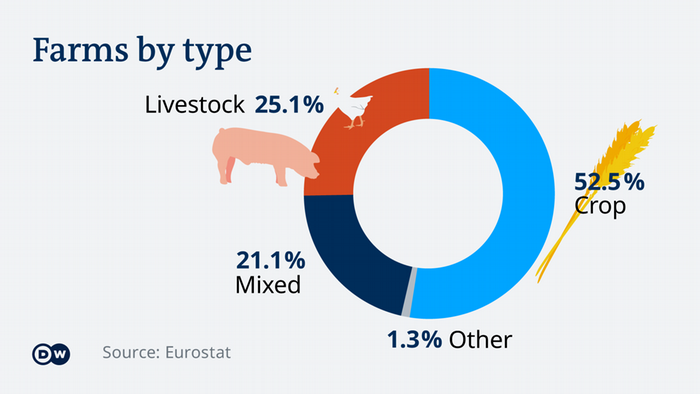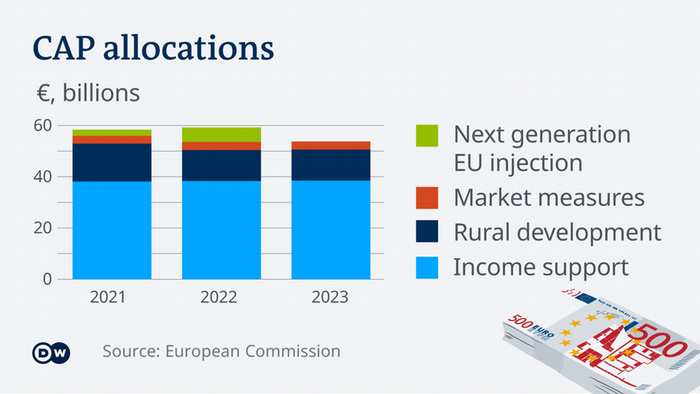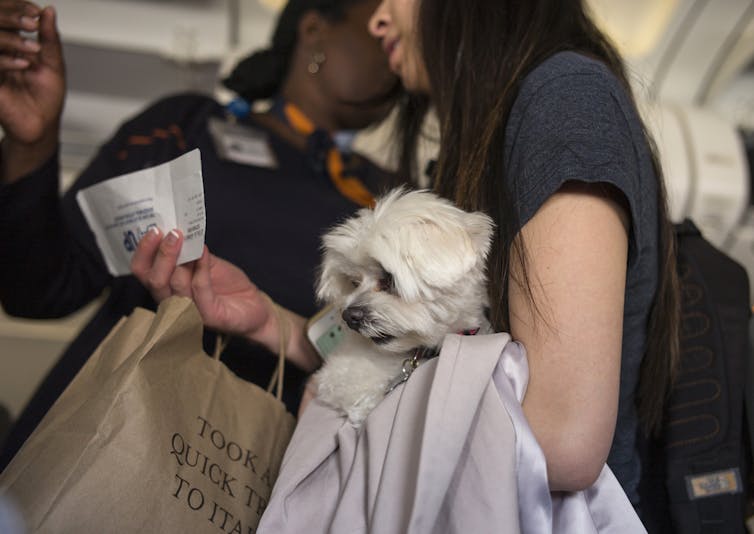By CARA ANNA

In this Monday, Dec. 17, 2012 file photo, a herd of adult and baby elephants walks in the dawn light as the highest mountain in Africa, Mount Kilimanjaro in Tanzania, sits topped with snow in the background, seen from Amboseli National Park in southern Kenya. Africa's rare glaciers will disappear in the next two decades because of climate change, a new report warned Tuesday, Oct. 19, 2021 amid sweeping forecasts of pain for the continent that contributes least to global warming but will suffer from it most.
NAIROBI, Kenya (AP) — Africa’s rare glaciers will disappear in the next two decades because of climate change, a new report warned Tuesday amid sweeping forecasts of pain for the continent that contributes least to global warming but will suffer from it most.
The report from the World Meteorological Organization and other agencies, released ahead of the U.N. climate conference in Scotland that starts Oct. 31, is a grim reminder that Africa’s 1.3 billion people remain “extremely vulnerable” as the continent warms more, and at a faster rate, than the global average. And yet Africa’s 54 countries are responsible for less than 4% of global greenhouse gas emissions.
The new report seizes on the shrinking glaciers of Mount Kilimanjaro, Mount Kenya and the Rwenzori Mountains in Uganda as symbols of the rapid and widespread changes to come. “Their current retreat rates are higher than the global average. If this continues, it will lead to total deglaciation by the 2040s,” it says.
Massive displacement, hunger and increasing climate shocks such droughts and flooding are in the future, and yet the lack of climate data in parts of Africa “is having a major impact” on disaster warnings for millions of people, WMO Secretary-General Petteri Taalas said at Tuesday’s launch.
Estimates of the economic effects of climate change vary across the African continent, but “in sub-Saharan Africa, climate change could further lower gross domestic product by up to 3% by 2050,” Josefa Leonel Correia Sacko with the African Union Commission writes in the report. “Not only are physical conditions getting worse, but also the number of people being affected is increasing.”
By 2030, up to 118 million extremely poor people, or those living on less than $1.90 a day, “will be exposed to drought, floods and extreme heat in Africa if adequate response measures are not put in place,” Sacko adds.
Already, the U.N. has warned that the Indian Ocean island nation of Madagascar is one where “famine-like conditions have been driven by climate change.” And it says parts of South Sudan are seeing the worst flooding in almost 60 years.
Despite the threats ahead to the African continent, the voices of Africans have been less represented than richer regions at global climate meetings and among the authors of the crucial Intergovernmental Panel on Climate Change scientific assessments. African participation in IPCC reports has been “extremely low,” according to Future Climate for Africa, a multi-country research program.
The costs ahead are huge. “Overall, Africa will need investments of over $3 trillion in mitigation and adaptation by 2030 to implement its (national climate plans), requiring significant, accessible and predictable inflows of conditional finance,” the WMO’s Taalas said.
“The cost of adapting to climate change in Africa will rise to $50 billion per year by 2050, even assuming the international efforts to keep global warming below 2 degrees Celsius.”
Issued on: 19/10/2021

Geneva (AFP)
More than 100 million extremely poor people in Africa are threatened by accelerating climate change that could also melt away the continent's few glaciers within two decades, a UN report warned on Tuesday.
In a report ahead of the COP 26 climate summit in Glasgow, the UN highlighted Africa's "disproportionate vulnerability" last year from food insecurity, poverty and population displacement.
"By 2030, it is estimated that up to 118 million extremely poor people will be exposed to drought, floods and extreme heat in Africa, if adequate response measures are not put in place," said Josefa Leonel Correia Sacko, commissioner for rural economy and agriculture at the African Union Commission.
The extremely poor are those who live on less than US $1.90 per day, according to the report coordinated by the World Meteorological Organization (WMO).
"In sub-Saharan Africa, climate change could further lower gross domestic product by up to 3% by 2050," Sacko said.
"Not only are physical conditions getting worse, but also the number of people being affected is increasing," she said in the foreword.
WMO Secretary-General Petteri Taalas said that last year Africa saw temperatures continue to increase, "accelerating sea-level rise" as well as extreme weather events like floods, landslides and droughts, all indicators of climate change.
- Disappearing glaciers -
"The rapid shrinking of the last remaining glaciers in eastern Africa, which are expected to melt entirely in the near future, signals the threat of imminent and irreversible change to the Earth system," Taalas said.
Last year Africa's land mass and waters warmed more rapidly than the world average, the report said.
The 30-year warming trend from 1991-2020 was above that of the 1961-1990 period in all of Africa's regions.
The rate in sea level rise along the tropical coasts and the south Atlantic as well as along the Indian Ocean was higher than the world average.
Though too small to serve as significant water reserves, Africa's glaciers have high tourism and scientific value and yet are retreating at a rate higher than the global average.
"If this continues, it will lead to total deglaciation by the 2040s," the report said.
"Mount Kenya is expected to be deglaciated a decade sooner, which will make it one of the first entire mountain ranges to lose glaciers due to human-induced climate change."
The other glaciers in Africa are on the Rwenzori Mountains in Uganda and Mount Kilimanjaro in Tanzania.
To avoid even higher costs of disaster relief, the WMO urged African countries to invest in "hydrometeorological infrastructure and early warning systems to prepare for escalating high-impact hazardous events."
It backed broadening access to early warning systems and to information on food prices and weather, including with simple text or voice messages informing farmers when to plant, irrigate or fertilize.
"Rapid implementation of African adaptation strategies will spur economic development and generate more jobs in support of economic recovery from the COVID-19 pandemic," the report said.
The report involved the WMO, the African Union Commission, the Economic Commission for Africa (ECA) through the Africa Climate Policy Centre (ACPC), international and regional scientific organisations and United Nations agencies.
© 2021 AFP









